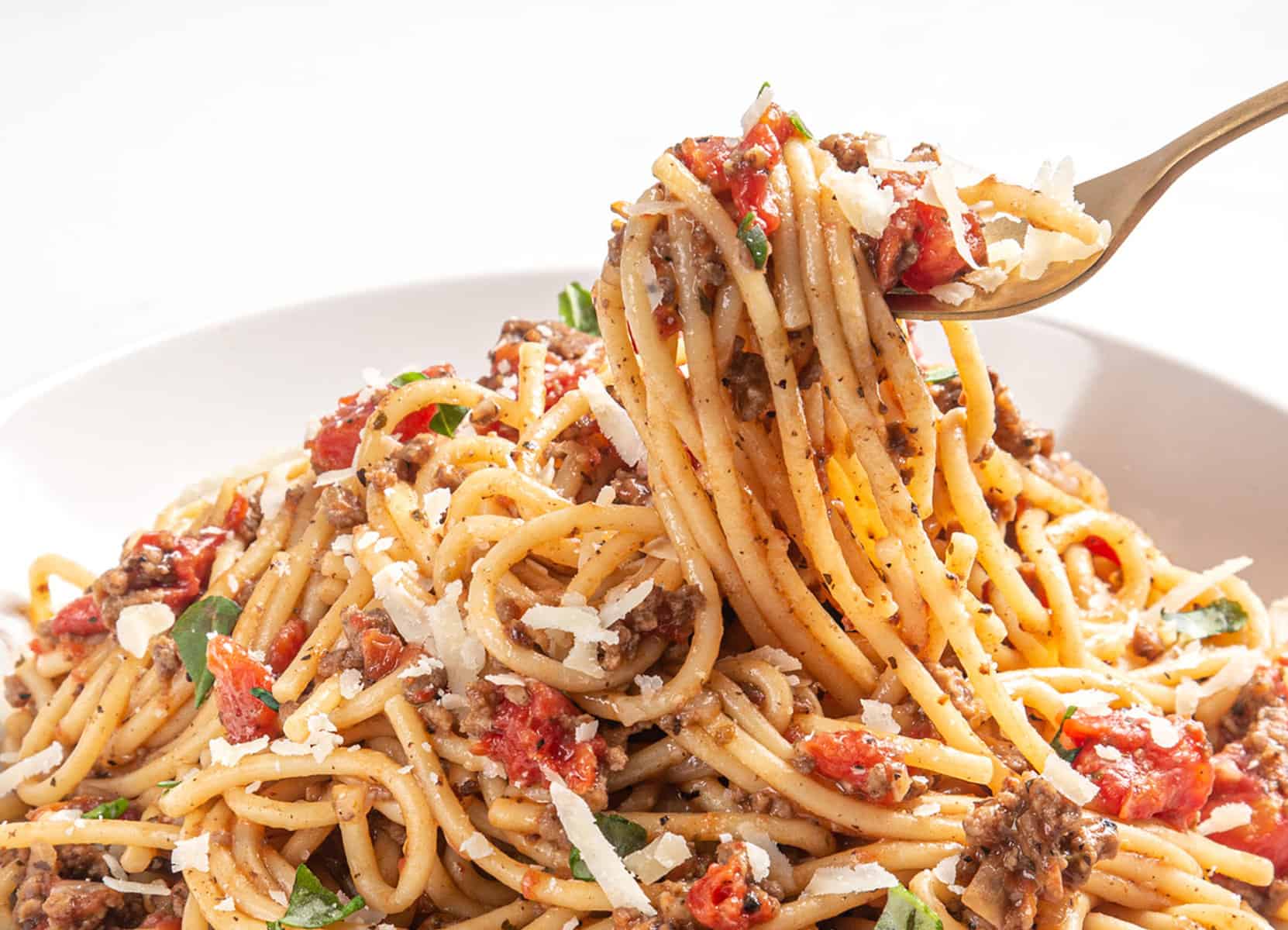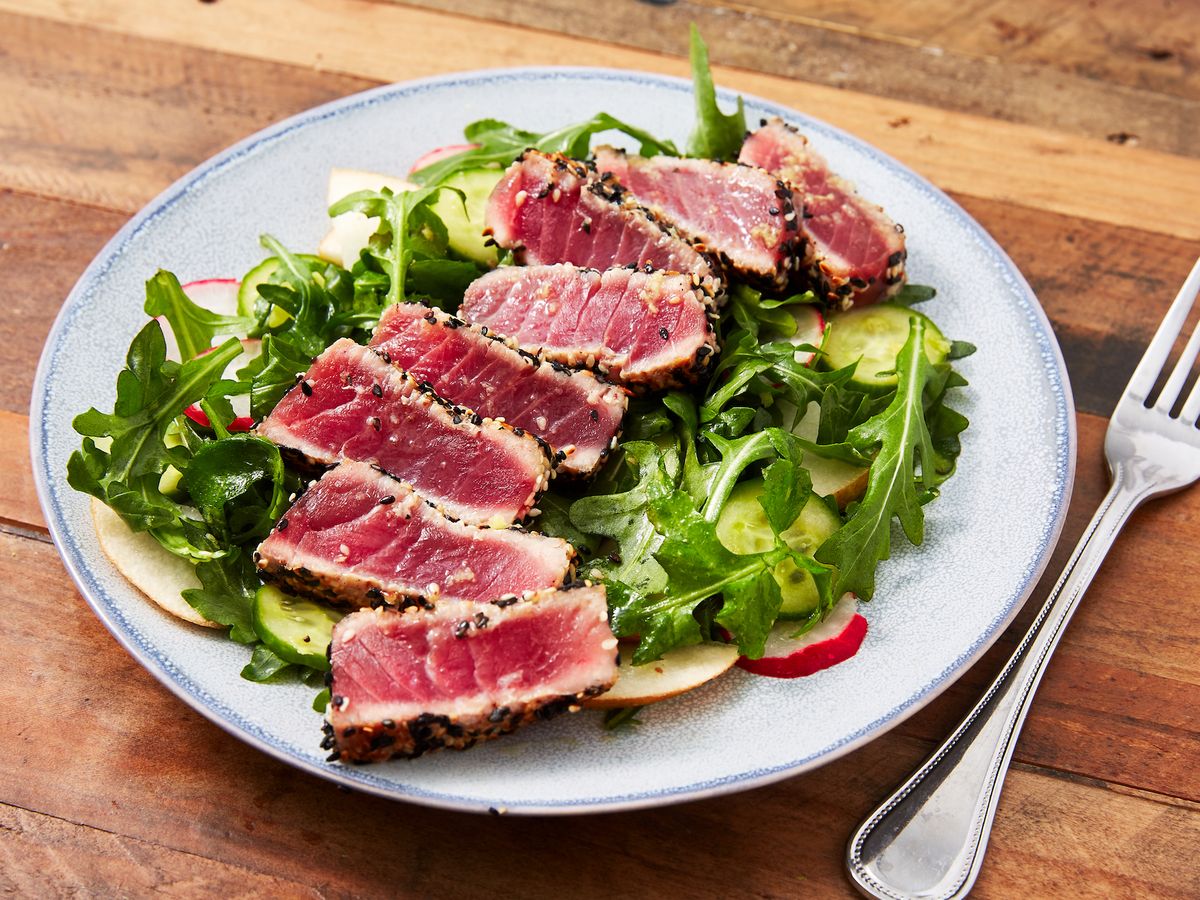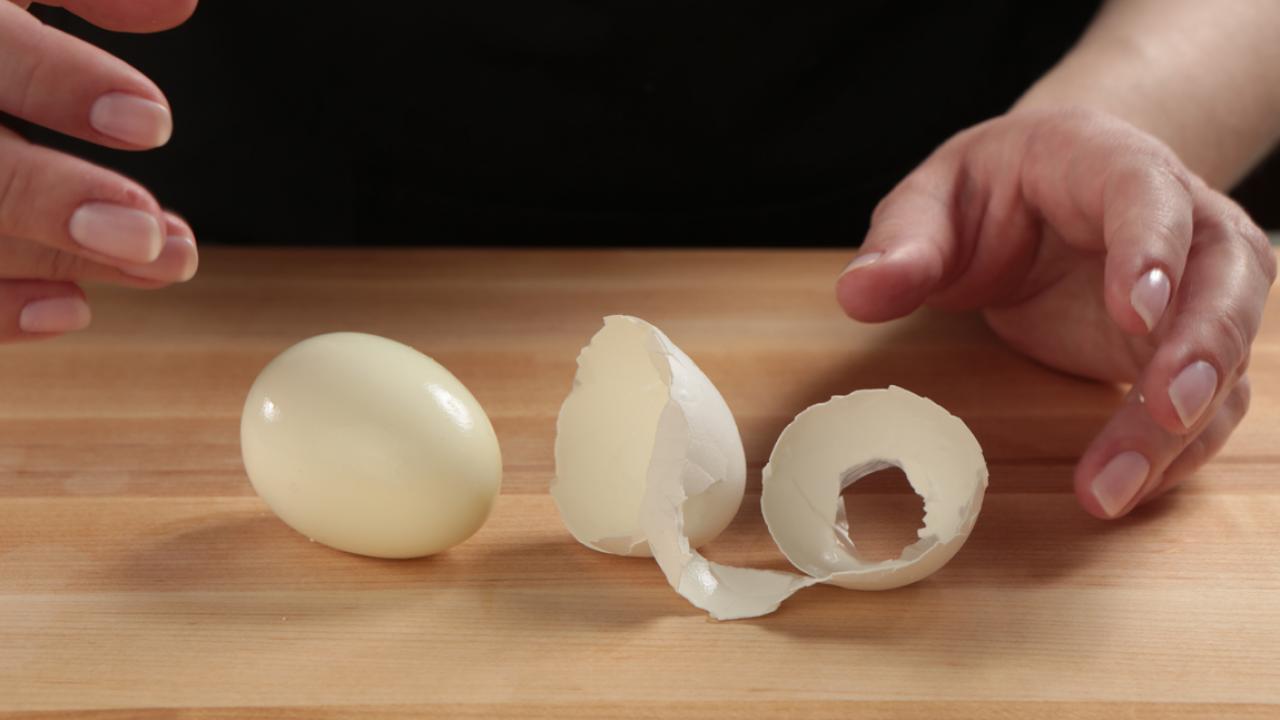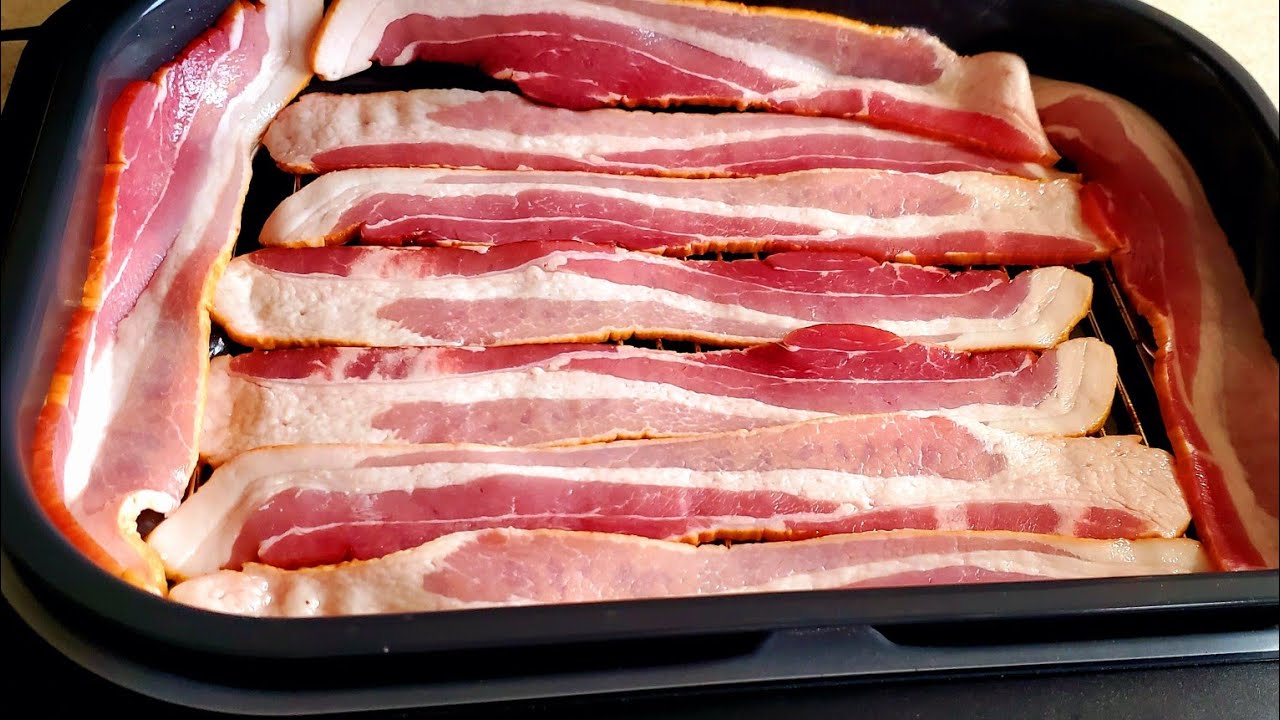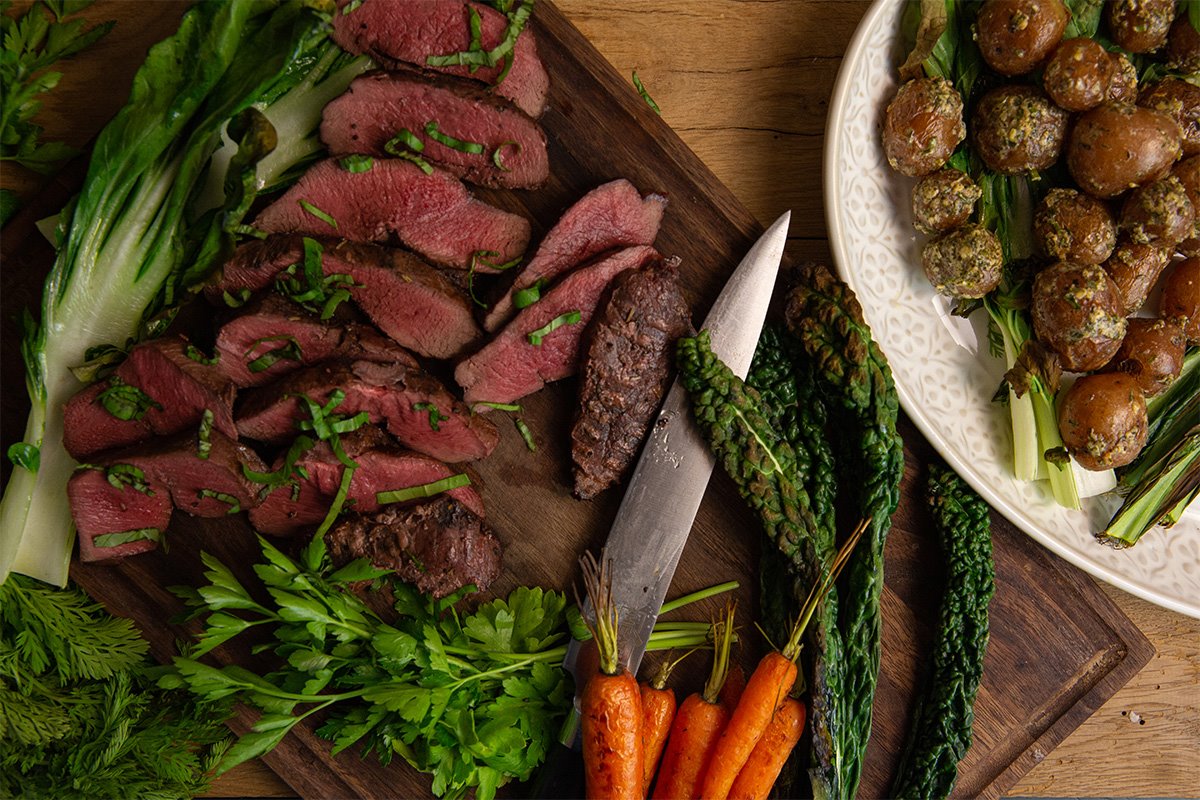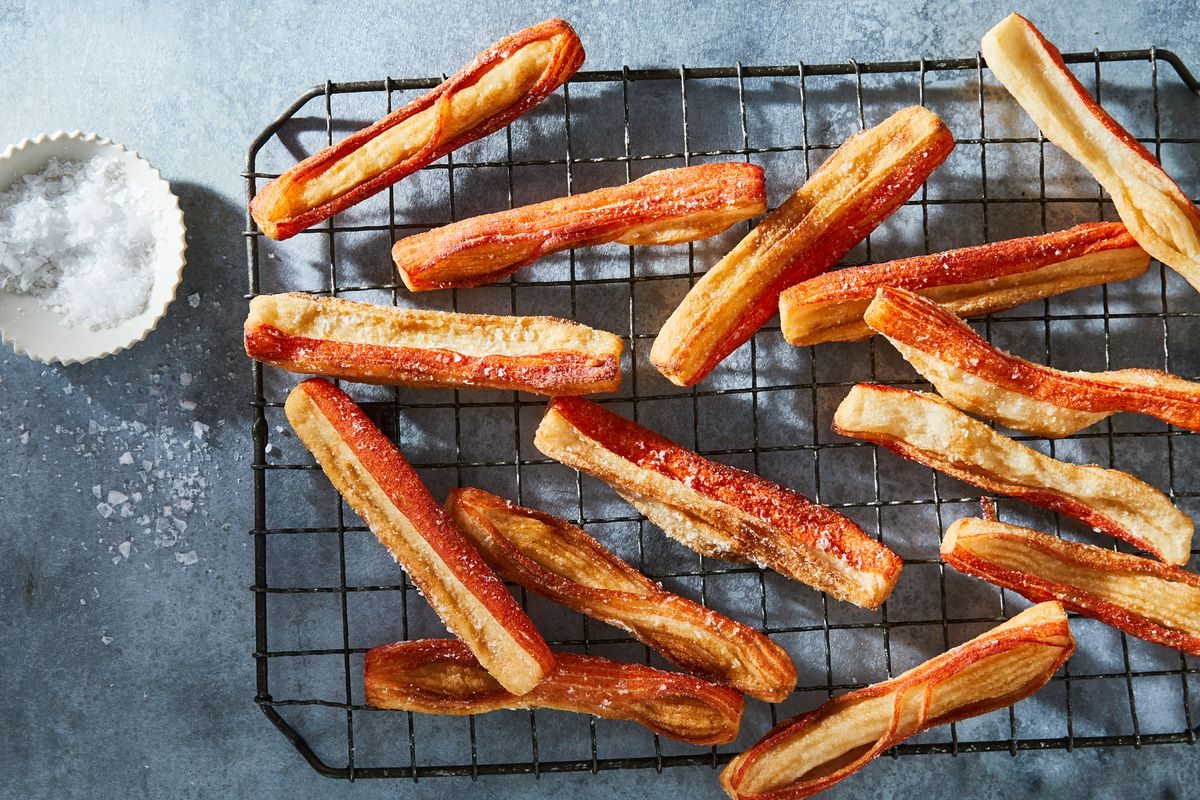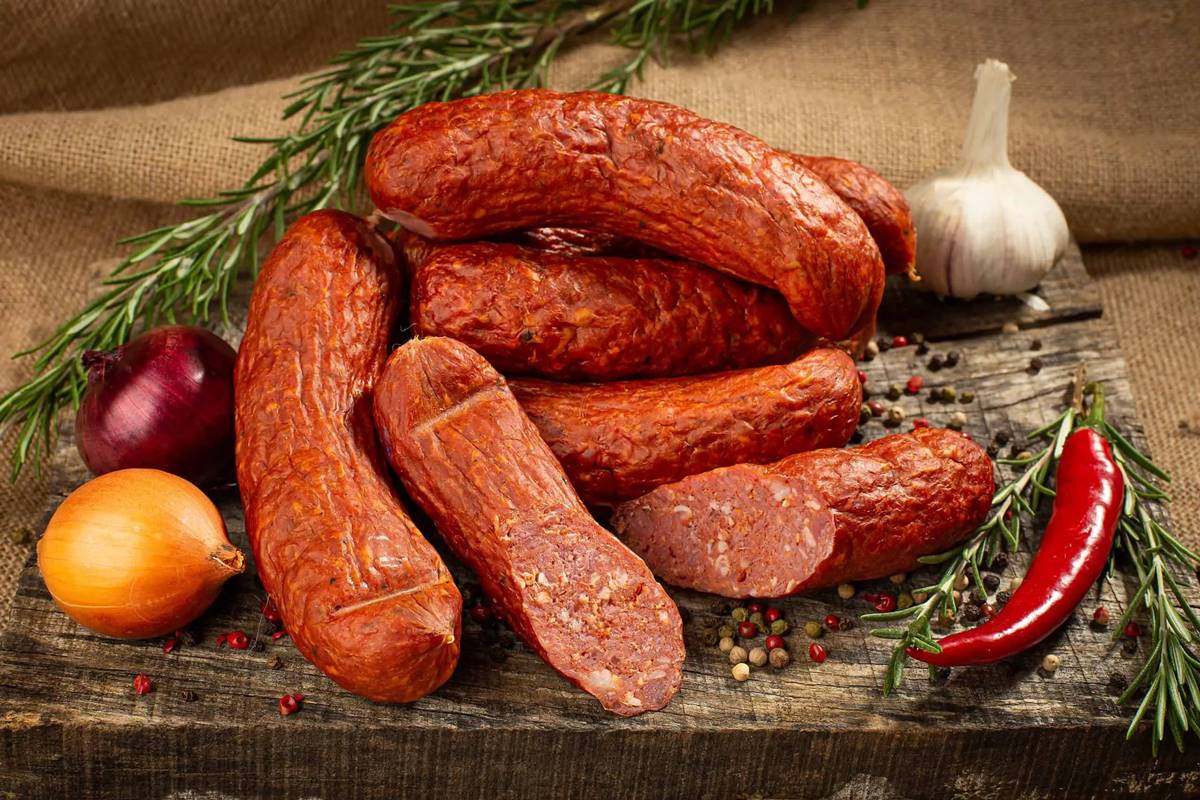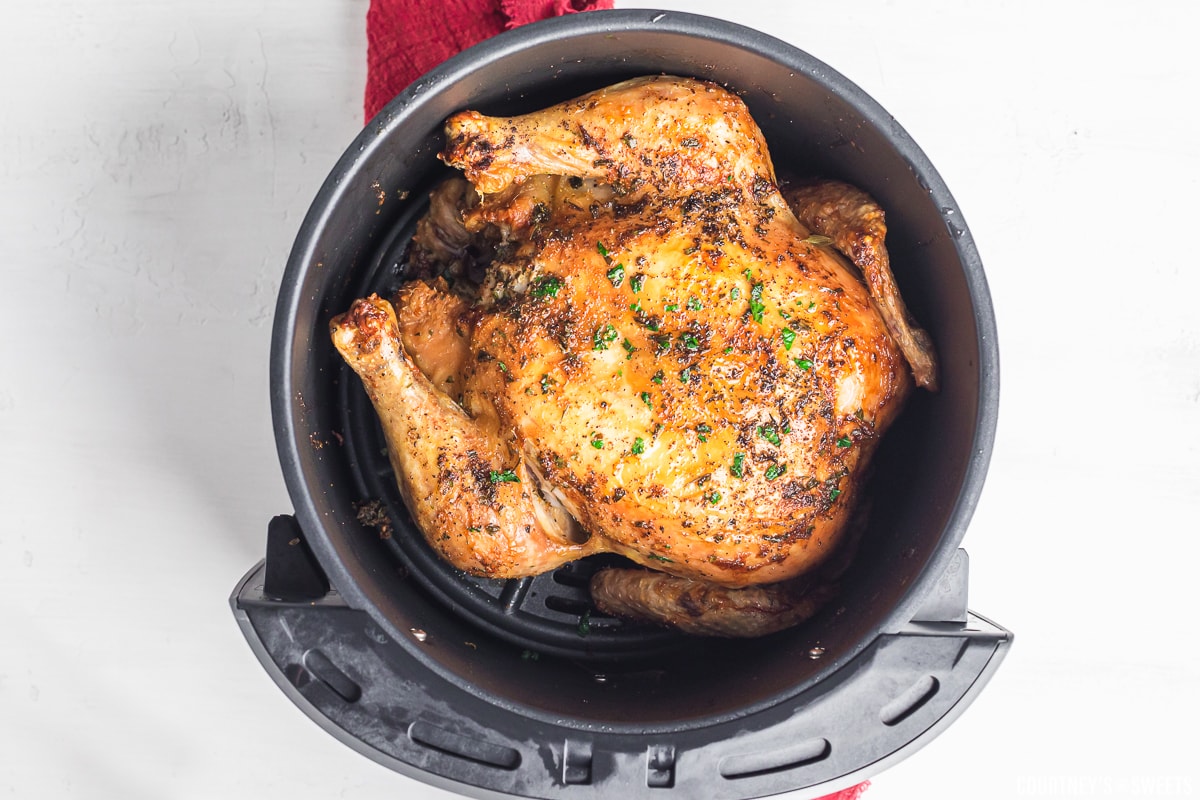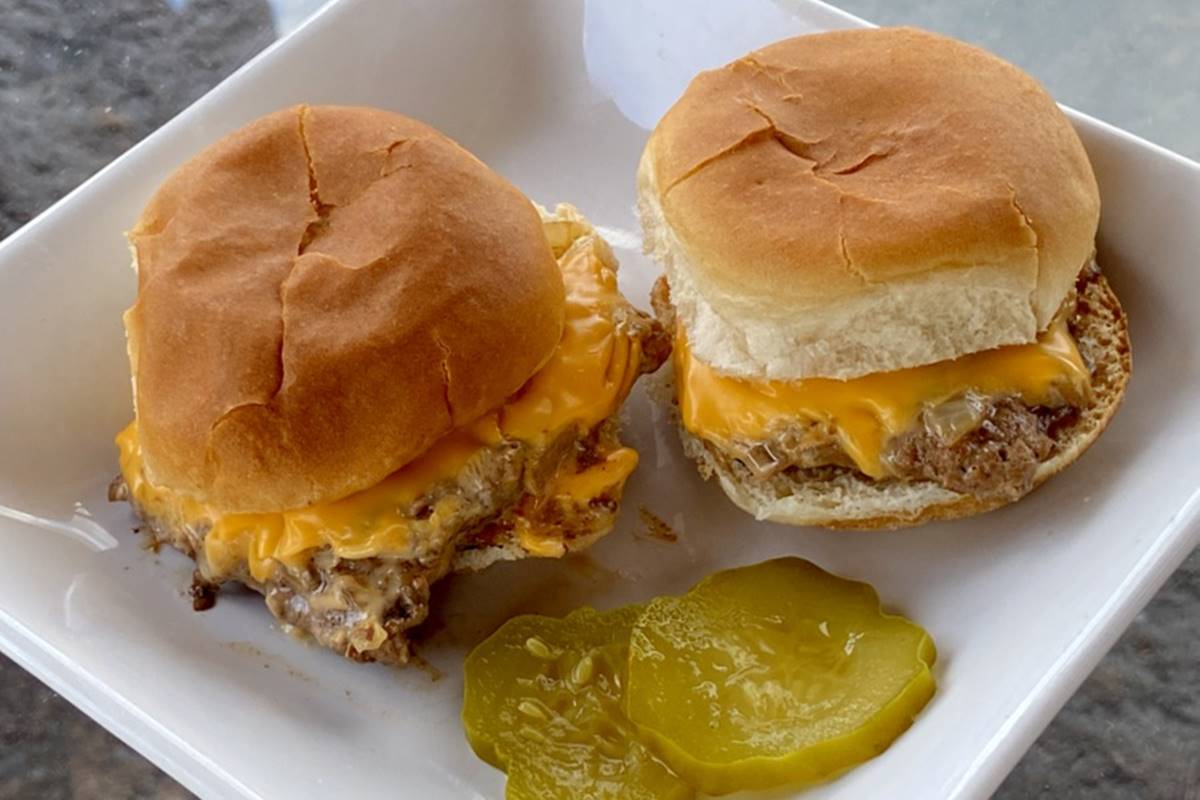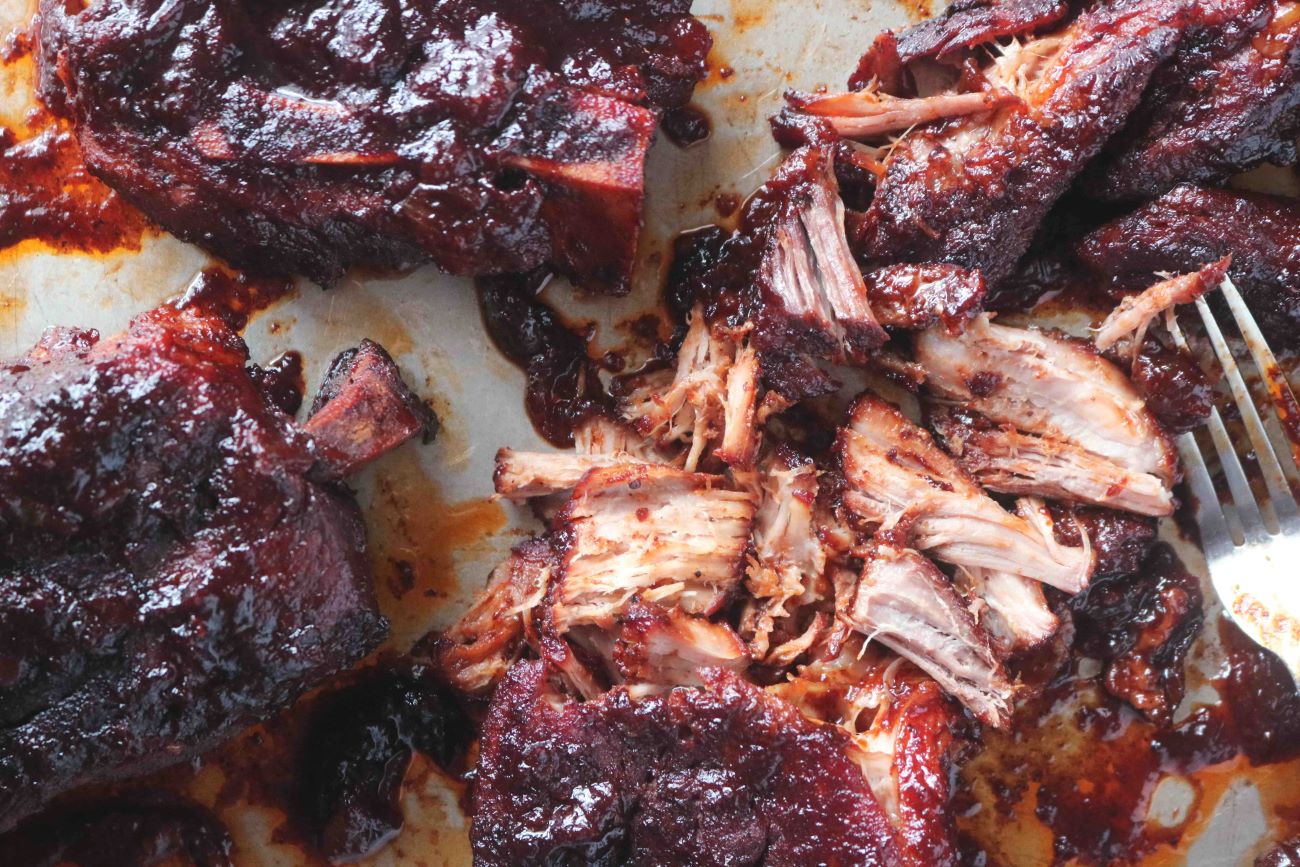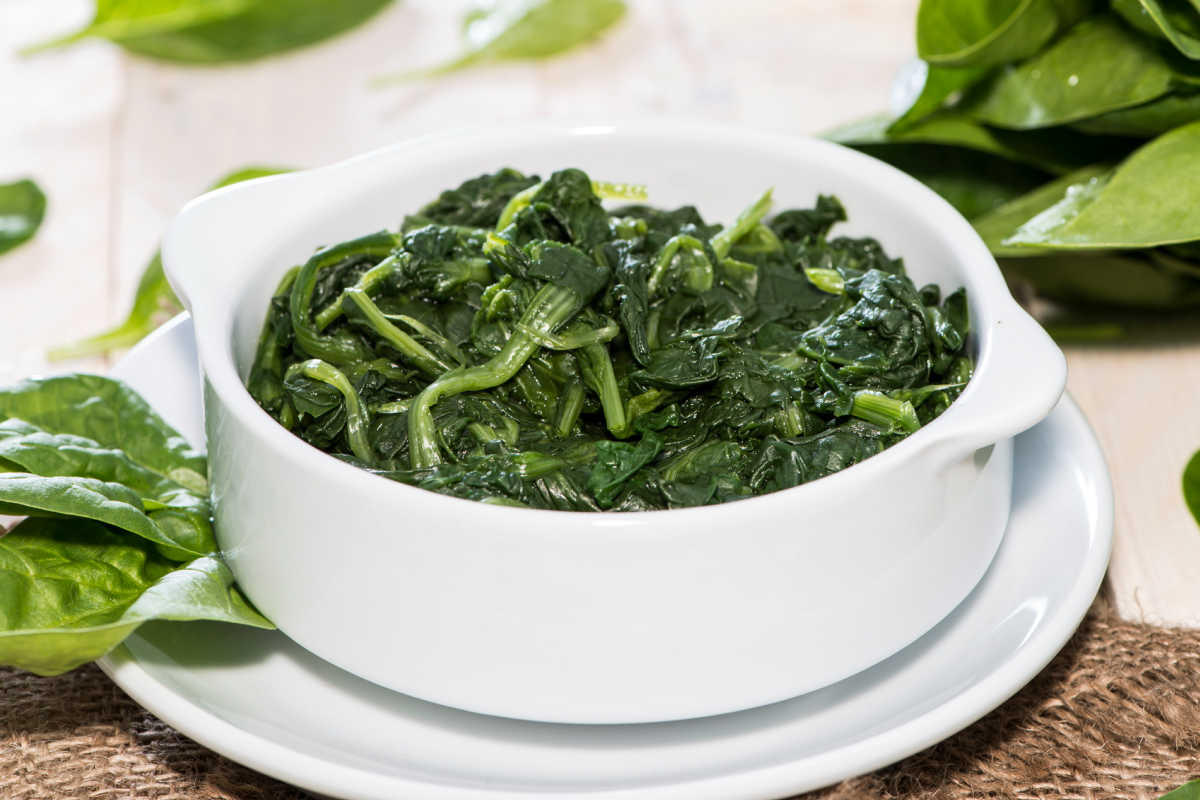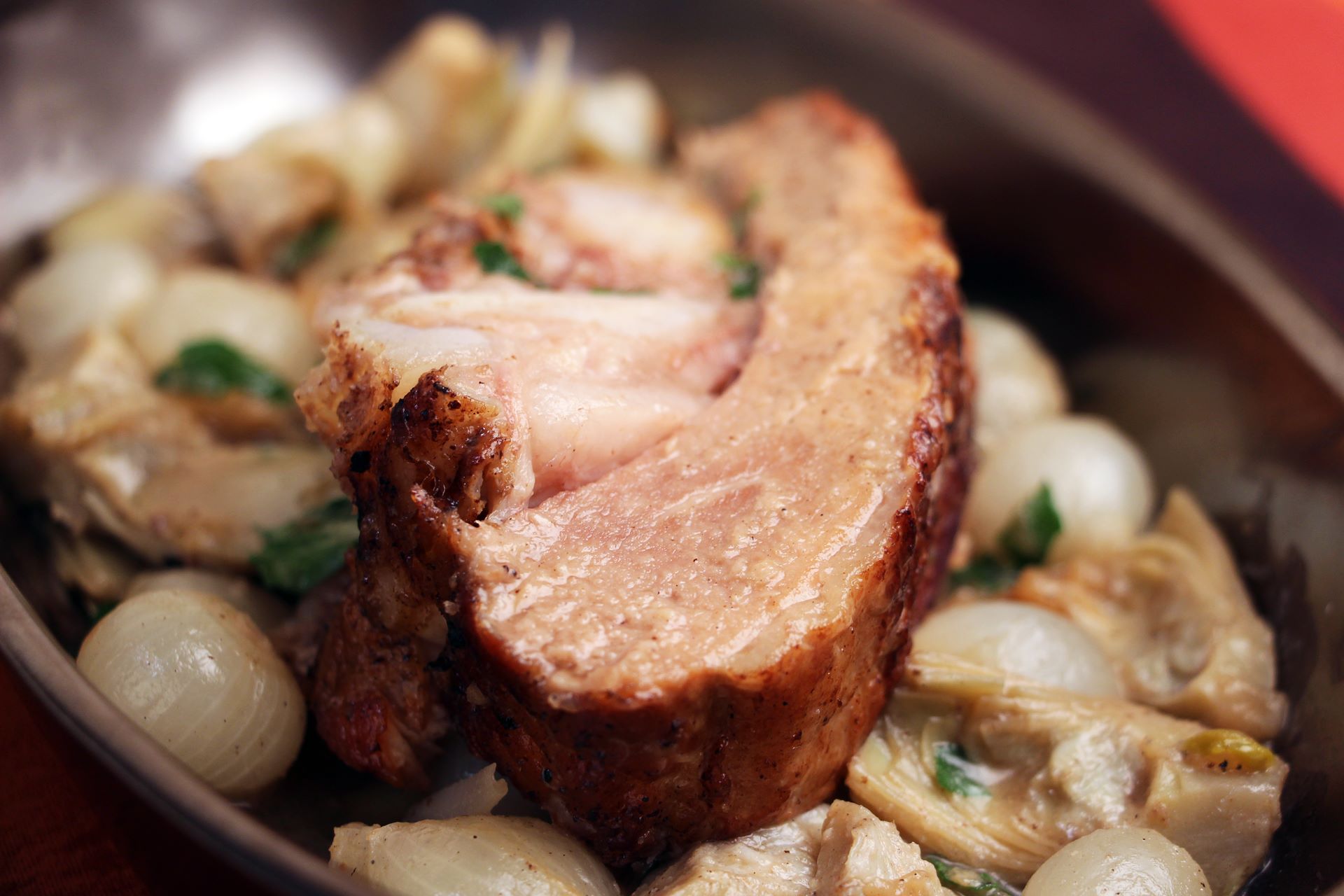Mastering the Art of Pellet Grilling: Perfectly Cooked Turkey Breast
Are you ready to take your grilling game to the next level? Look no further than a pellet grill, the ultimate tool for achieving mouthwatering flavors and impressive results. In this article, we’ll guide you through the process of preparing a tender and juicy turkey breast on a pellet grill. Get ready to wow your family and friends with your newfound grilling expertise!
Why Choose a Pellet Grill?
Flavor: Pellet grills are known for their ability to infuse your food with rich and smoky flavors. The use of natural hardwood pellets, such as hickory or mesquite, adds a distinctive taste that will elevate your turkey breast to new heights.
Control: Pellet grills offer superior temperature control, allowing you to easily adjust the heat levels and maintain a consistent cooking environment. This ensures your turkey breast cooks evenly and avoids any under or overcooking mishaps.
Versatility: With a pellet grill, you have the flexibility to explore various cooking techniques. Whether you prefer a slow and low smoke or a quick sear, the pellet grill can handle it all, providing you with endless culinary possibilities.
Preparing Your Turkey Breast
1. Choose the right turkey breast: Look for a fresh or thawed boneless turkey breast that suits your needs and preferences. Remember to remove any excess fat or skin for a healthier and more even cook.
2. Seasoning: To enhance the flavors of your turkey breast, create a delicious rub using a combination of herbs and spices. Popular options include rosemary, thyme, garlic powder, paprika, salt, and black pepper. Make sure to evenly coat the entire surface of the turkey breast with the rub.
3. Preheat your pellet grill: Before placing your turkey breast on the grill, preheat it to the desired temperature. Aim for around 225°F to 250°F for a slow and smoky cook. Most pellet grills come with a built-in temperature control feature, making it easy to set and maintain the temperature.
4. Set up for indirect cooking: Pellet grills typically have two zones, direct and indirect. For turkey breast, it’s best to utilize the indirect cooking method. This means placing the turkey breast on the cooler side of the grill, away from the direct heat source. This allows for a more gentle and even cooking process.
Grilling Your Turkey Breast
1. Place the turkey breast on the grill: Carefully place the seasoned turkey breast on the indirect heat side of the pellet grill. Close the lid to create a cooking environment that encapsulates the smoky goodness.
2. Monitor the temperature: Using a reliable meat thermometer, keep track of the internal temperature of the turkey breast. The USDA recommends cooking turkey breast to an internal temperature of 165°F for safe consumption.
3. Add smoking pellets: To intensify the smoky flavors, consider adding more hardwood pellets of your choice into the pellet hopper during the cooking process. This will continue to infuse the turkey breast with that irresistible aroma.
4. Baste and sear (optional): Around the last 20 minutes of cooking, you have the option to baste the turkey breast with a flavorful sauce or glaze. If you prefer a crispy skin, you can also sear the turkey breast over direct heat for a few minutes before removing it from the grill.
Resting and Serving
1. Resting: Once your turkey breast has reached the desired temperature, carefully remove it from the grill and let it rest for about 15 minutes. This allows the juices to redistribute, resulting in a moist and tender turkey breast.
2. Carving and serving: With a sharp knife, carve the turkey breast into thin slices, and arrange them beautifully on a serving platter. Garnish with fresh herbs for an added touch of elegance.
Now that you know the secrets to cooking a delicious turkey breast on a pellet grill, it’s time to put your skills to the test. Gather your ingredients, fire up the grill, and get ready to savor the incredible flavors that pellet grilling can offer. Your perfectly cooked turkey breast will surely be the centerpiece of a memorable meal shared with your loved ones. Happy grilling!
For those looking to master cooking turkey breast on a pellet grill, there's a range of delicious recipes to try. Begin with the Smoked Turkey Breast with Garlic and Rosemary for a classic, flavorful start. If you prefer something with a sweet and tangy twist, the Smoked Turkey Breast with Cranberry Glaze is a perfect choice. For BBQ fans, the Mesquite Smoked Turkey Breast with BBQ Rub brings a smoky, savory flavor that's hard to resist. If you're in the mood for something more adventurous, the Cajun-Spiced Smoked Turkey Breast offers a spicy kick that's sure to impress. Lastly, for a unique blend of sweetness and smokiness, try the Maple-Bourbon Smoked Turkey Breast, which combines the rich flavors of maple and bourbon for an unforgettable dish. Each of these recipes leverages the pellet grill's capabilities to infuse the turkey breast with deep, delicious flavors, making them ideal for any occasion.
